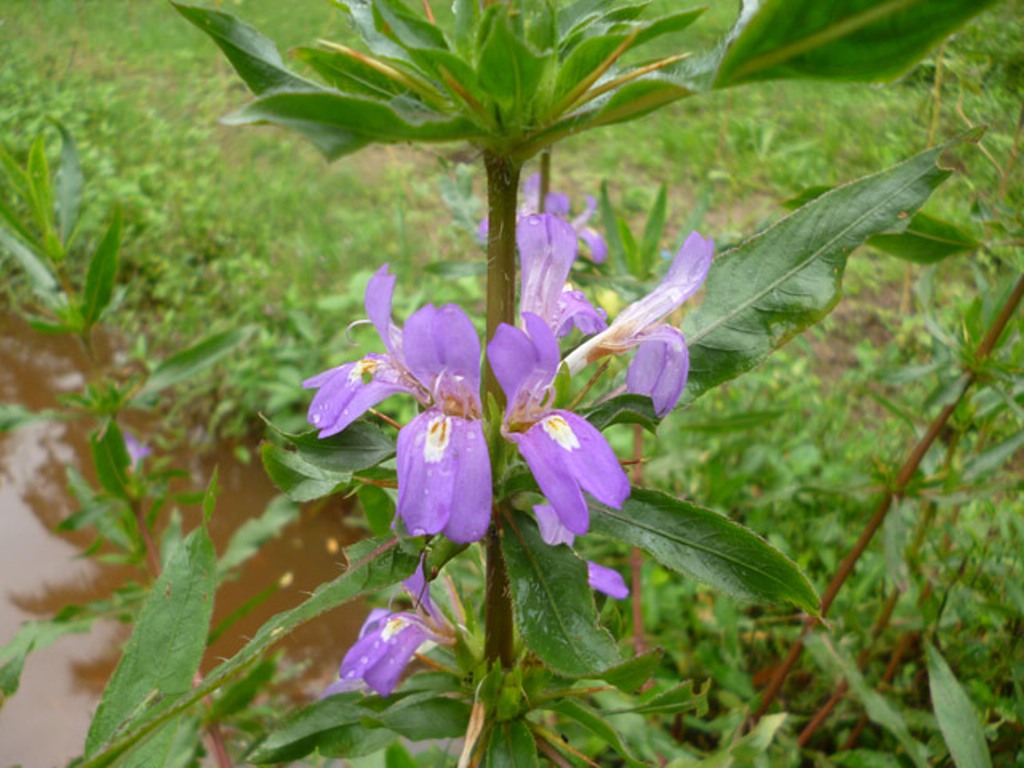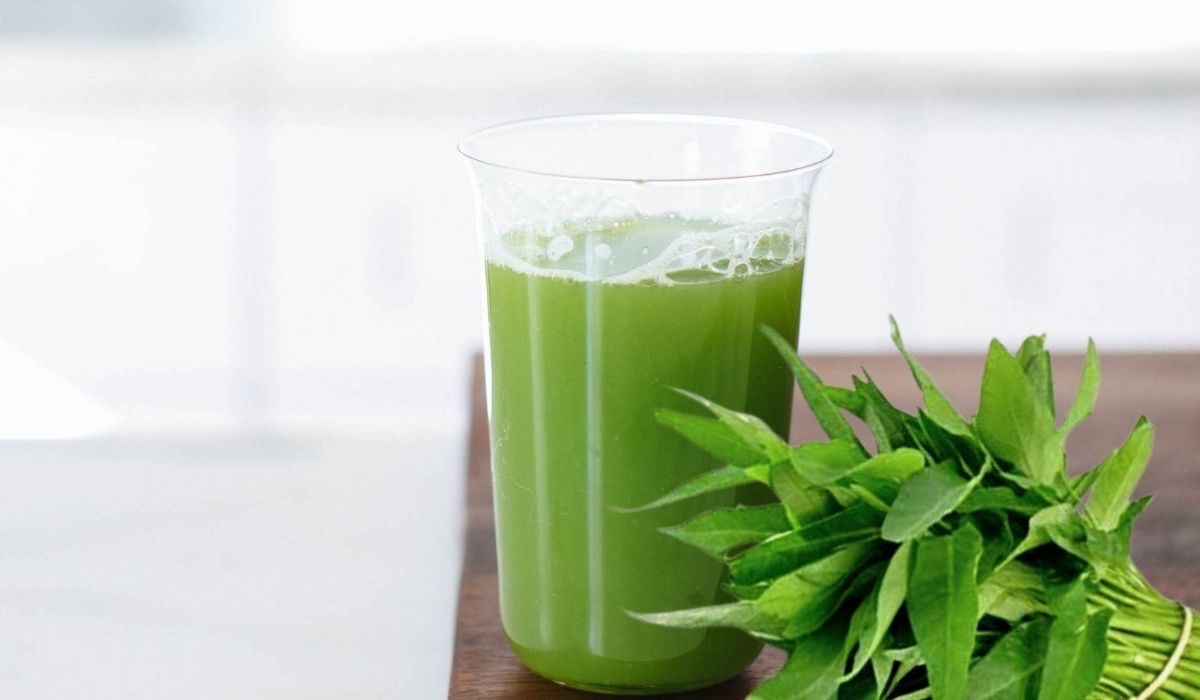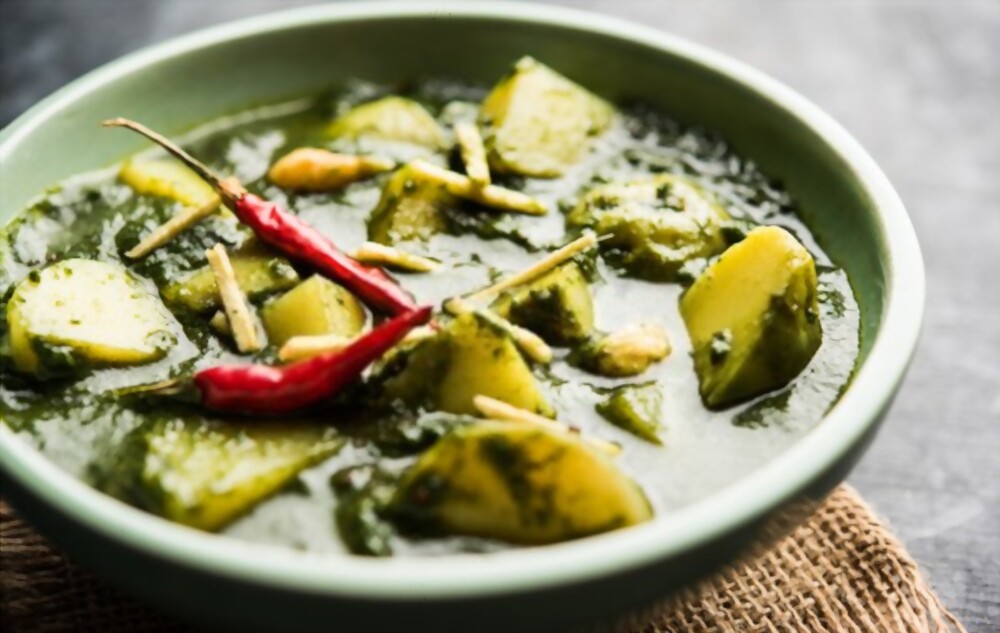Have you heard of a magic herb that gives you superpowers? Iron-rich property of Kulekhara can boost your hemoglobin levels, and what better than a Healthy Saag and roti meal, according to the ancient Indian tradition, it will increase your hemoglobin levels along with many other health benefits.
Kulekahara Origin and Other Names
Kulekhara Plant (Hygrophila auriculata), common name Kulekhara (In Hindi: Talimakhana) is an Indian ayurvedic plant that has been famously used for increasing hemoglobin in the blood. Kulekhara’s botanical name is Hygrophila and it is also generally known as swamp weeds in English.

It’s native to West Bengal in India and is grown in swamp regions in tropical and subtropical climatic conditions. The purple-colored flowers of KuleKhara are said to be used for medicinal purposes. This Ayurvedic Herb is also consumed regularly in eastern India.
India has been dealing with the issue to provide proper nutrition to all classes of society. The economically weaker section of people can hardly afford two meals a day, thus leading them to be anemic and deprived of proper nutrients. So, here comes the savior, The very rich in nutrients, Ayurvedic herb- KuleKhara.
Kulekhara Pata Nutrition
They say healthy food does not come in good taste very often, and the same is the case for KuleKhara. You will be amazed to know the nutritional values of this herb; this is not only rich in vitamin C but also has high quantities of potassium. The iron content of KuleKhara is highest than the common greens around us. The benefits of this herb are so popular and widespread that companies have started coming up with products enriched with Kulekhara.
Nutritions of Kulekhara Leaves (mg per 100g)
| S. No | Parameter | Result |
|---|---|---|
| 1. | Sodium | 56.1 |
| 2. | Potassium | 266 |
| 3. | Calcium | 27.93 |
| 4. | Copper | 4.87 |
| 5. | Zinc | 0.44 |
| 6. | Iron | 7.03 |
| 7. | Nickel | -- |
| 8. | Vitamin C | 50.08 |
| 9. | Riboflavin | 102 |
| 10. | Folic Acid | above 1.0 |
| 11. | Beta- Carotene | 2.5 |
Kulekhara’s Leaves Benefits
- Kulekhara has been set to increase hemoglobin levels noticeably; according to studies having these leaves for a month or so significantly improves the health of people suffering from anemia.
- This is extremely effective for diabetic people as it can help reduce blood glucose levels.
- It is also said to have anti-inflammatory properties and improve digestion.
- It improves stomach and liver function and increases immunity.
- As per studies, the herb also has antibacterial and anthelmintic similar to turmeric,
- A scientific study has also proved the use of KuleKhara as a cure for diarrhea and dysentery.
- KuleKhara also works as an Analgesic said to relieve pain. So, the next time when you don’t feel like having turmeric milk when in pain, you can munch on some KuleKhara leaves.
How to Consume KuleKhara Pata (Kulekhara Saag)?
Kulekhara is a nutritious leafy vegetable and it can be had in many forms; although bitter, the nutritional qualities of this herb compensate for that. You can have it in many ways:

- Kulekhara Pata Leaves Juice: take some chopped leaves and add little water to them and grind well in a mixer. Strain the green juice and store it in a jar. Add 1 tablespoon of the juice to a cup of water and 1 tablespoon of honey.
- Kulekhara Tea: Add 3 to 4 cleaned leaves to a glass of water and boil it well. Add one tablespoon of honey and serve it hot.
- Kulekhara Powder: Grind the dry leaves using a mixer and store the powder in a container. Add half a spoon of this powder to one glass of water and one tablespoon of honey. Drink this 1 or 2 times a day.
- Capsule or Tablet Form: Kulekhara is also available in the form of capsules or tablets. These are convenient for individuals who prefer a standardized dosage. Follow the instructions provided on the packaging or consult a healthcare professional for the recommended dosage.
Kulekhara Saag Recipe (kulekhara pata benefits)
This is a traditional Bengali recipe, so we suggest you cook this in mustard oil –

- Heat the oil and for added taste, add a few potato cubes and fry them; keep frying till they turn golden brown.
- Boil the KuleKhara leaves, keep them ready beforehand, add them to the potatoes, and stir gently.
- Now add the spices as per your taste; turmeric, red chili powder, salt are necessary.
- Mix the ingredients with a gentle hand and cook for around five minutes; add some lemon juice to give your saag a zesty flavor, and give it a gentle stir again.
- Please switch off the stove and cover it with a lid; your delicious saag is now ready to eat! Serve with Rotis.
People who suffer from asthma or bronchial problems should avoid taking kulekhara leaves. It is advisable to consult your doctor before using them. Also, ancient Ayurveda suggests, not to consume Kulekhara during pregnancy and lactation period.
Low Carb Vegetarian Indian Diet
Instead of looking for other man-made supplements try out this natural remedy. Kulekhara is cheap and it is a great source of micronutrients. It is easy to use and all you need to do is boil Kulekhara leaves and drink the strained water. or make tea and also cook it as a delicious saag and eat it with Rotis.
Green leafy vegetables are said to be very nutritious, and it is true, but this one is said to be the best in terms of nutritional qualities and is a powerhouse of nutrients. You have got the recipe and the herb’s name; what are you waiting for? Go on getting cooking!
How kulekhara leaves help to improve the haemoglobin level within weeks?
It’s important to note that Kulekhara should be consumed under the guidance of a qualified healthcare professional or Ayurvedic practitioner. While Kulekhara has potential health benefits, it may interact with certain medications or have contraindications for specific health conditions. Therefore, it’s essential to seek professional advice before incorporating Kulekhara into your routine.
Medicinal Uses of Kulekhara Saag
In traditional medicine, Kulekhara Saag is believed to have various health benefits. It is thought to possess properties that may help in improving digestion, enhancing appetite, and promoting overall well-being. However, it’s essential to note that while traditional medicine holds cultural significance, scientific evidence regarding its medicinal properties is limited, and it should not be considered a substitute for medical treatment.
Preparation: To prepare Kulekhara Saag, the tender leaves and shoots are typically harvested. They can be washed thoroughly to remove any dirt or debris and then chopped before use. The vegetable can be cooked in a variety of ways, and its versatility makes it a great addition to many dishes.
As with any leafy green, it’s essential to ensure that it is sourced from clean and safe water bodies to avoid any potential health risks associated with water pollution.
Keep in mind that the availability of Kulekhara Saag may vary depending on your location, and it may be known by different names in different regions. If you’re interested in trying it out, look for specialty Asian markets or stores that carry a variety of fresh produce.
Disclaimer
The information provided here is for informational purposes only and should not replace professional medical advice. Always consult a healthcare professional or Ayurvedic practitioner before using Kulekhara or any other herbal remedies.
